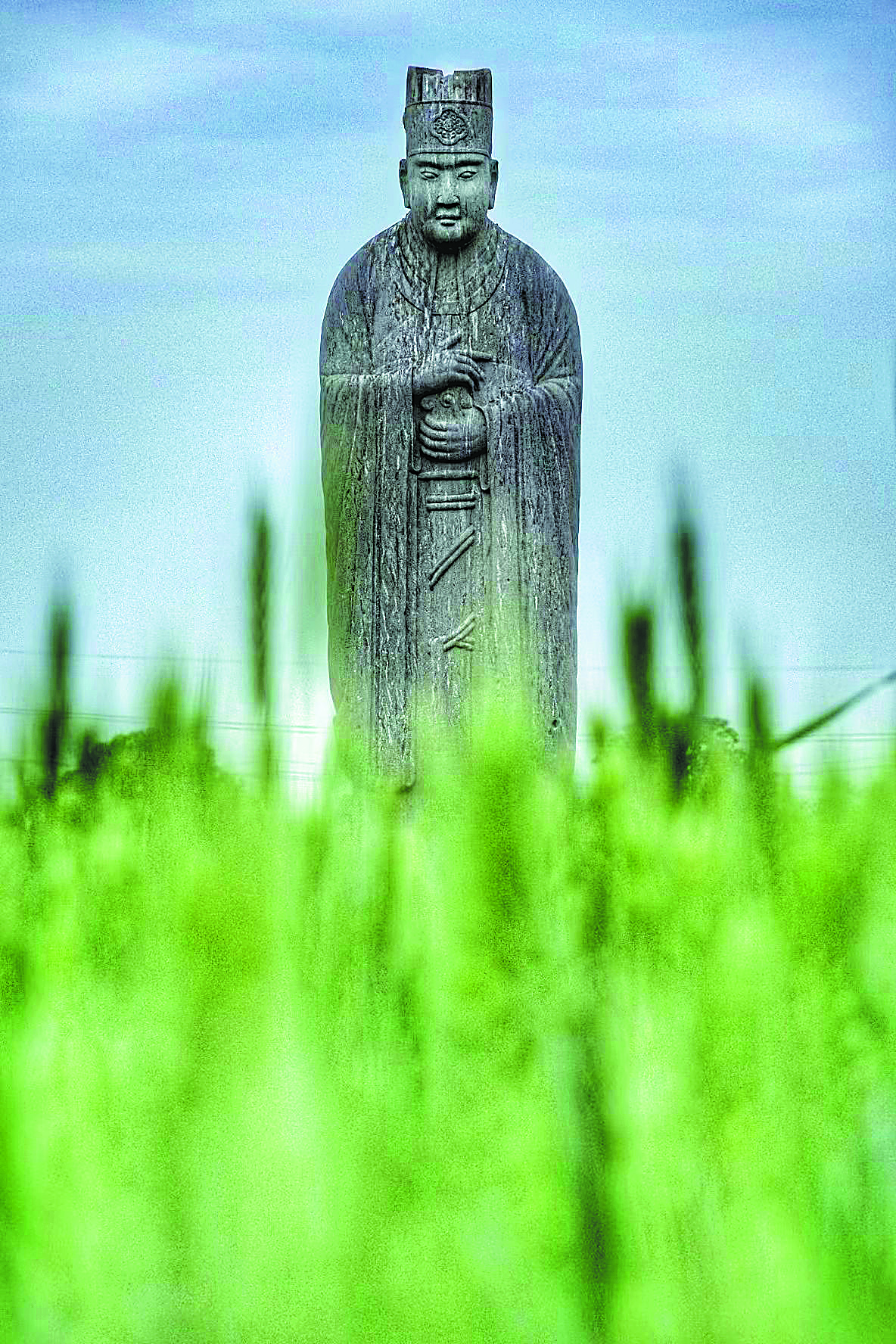

Wang said the staff members in charge of historical sites have greatly contributed to his work.
"I wouldn't even know, let alone find, some of the sites without help from staff members, who work hard to preserve historical sites," he said.
When Wang's social media followers suggested he monetize his photography through livestreams or by submitting them to commercial websites, the cultural relics worker, as he calls himself, refused.
He said he could not have taken his photos without the support of the local bureau, that offered help in the form of equipment and access to the sites.
"A famous international photographer might not be allowed to work in the Shaolin Temple in the middle of the night, but I can," he joked, adding that he was concerned about exposing the exact locations of some of the sites he's photographed for fear they might be robbed.
This year, Wang plans a photo series of historical sites shot at night. "Hopefully we will publish a book soon and hold an exhibition," he said.
Meanwhile, he will keep collecting images for the database, which is a useful way of learning about the area's historical sites during a period of rapid urban development.